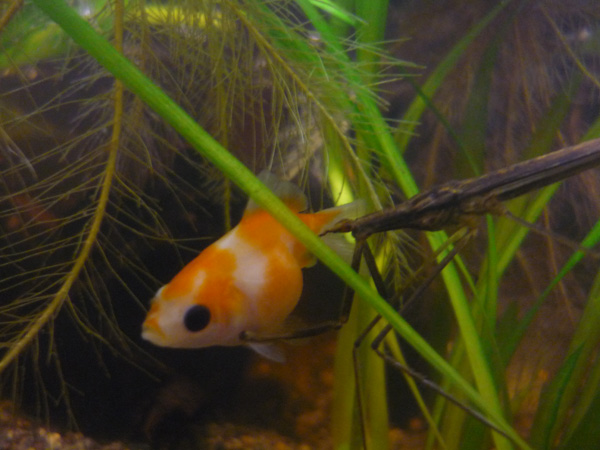|
| 질의: Fishes | 결과: 13189번째/13223 | |
Water mantis
| 제목: | Water mantis
| | 올린이: | Neo (suomi82@naver.com)
| |

| 해상도: 600x450
파일크기: 123709 Bytes
촬영일: 2008:07:28 21:19:07
사진기: DMC-FS3 (Panasonic)
F number: f/2.8
Exposure: 10/80 sec
Focal Length: 55/10
등록시간: 2008:07:29 08:26:28
|
|
|

